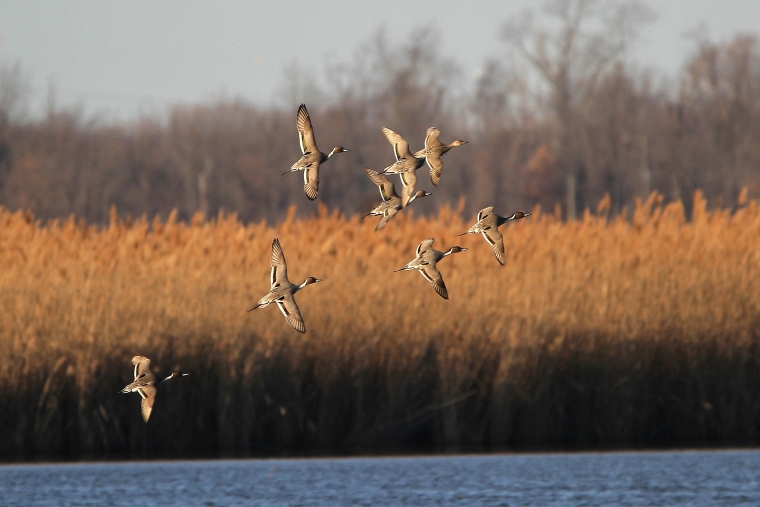
It would be hard for the average waterfowler to imagine what it was like when I first shouldered a shotgun at an incoming duck in the fall of 1961. In the almost six decades since, hunting traditions and methods have changed enormously, but so too have the diversity and abundance of birds hunted in Ontario, the kinds of people who pursue them, and the environment we all share.
Ch-ch-changes
My earliest waterfowling experiences followed the St. Lawrence River from the western shores of Lake St. Francis to the islands and marshlands east of Montreal. Our hunting territory covered perhaps 60 miles of water and allowed us to take advantage of up to three separate openers between Ontario and Quebec. In later years, as a biologist, I would learn how the diversity of species hunted in southwestern Ontario was heavily influenced by western birds.
Through the early 1960s the most abundant duck on opening day along the St. Lawrence River was the blue-winged teal. I remember my father driving for miles along the river road the day before opening, marvelling at the rafts of thousands of blue-winged teal lining grassy shorelines like the big flights of bluebills in October. Blue-wings were, for almost a decade, the most abundant duck taken on opening days and for a few days afterwards. Second in our early-season bag were pintails from the eastern Arctic. Third was the black duck, filtering in from the north as the season progressed.
Blue-wings
While blue-winged teal have reached all-time record highs on the Prairies, they no longer visit Ontario or points east, including Quebec’s Gaspé Peninsula, as some populations once did. The eastern blue-wing migration tradition was well documented by banding data, but it has been lost. Many old-time hunters lament the passing of the blue wing, as it was one of the best birds to grace a table.
Pintails
In contrast to most dabbler species, pintail numbers have declined dramatically across the continent in the past three decades and nowhere is that more evident than in the eastern Arctic population. Hunters can easily spend an entire season without a pintail in the bag. Hardy waterfowlers will sometimes see a few regal pintail drakes skirting the decoys at freeze-up.
Black ducks
The black duck decline over the past half-century or more is well documented and has been experienced by hunters through this era. When I started to hunt in eastern Ontario and western Quebec, black ducks weren’t abundant, but it wasn’t unusual to have a few in the bag. Blacks gradually diminished to the point where they became rare, and mallards had not yet moved in to replace them in any numbers. I shot my first mallard off a breakwater island at the eastern edge of Lake St. Francis in the fall of 1969. From that point on, mallards slowly became more abundant.
Mallards & woodies
On the positive side, mallards are now numerous throughout all but the eastern-most reaches of their range. The resurgence of wood duck populations over the last century, including eastern Ontario, is due at least in part to a continent-wide effort to install nesting boxes. Mallards and wood ducks are now staples in opening-day bags.
Scaups & goldeneyes
In contrast to most western-origin divers, the lesser scaup population has remained lower than expected, particularly birds visiting south-eastern Ontario. At the same time, there has been a sharp decline in common goldeneye (known by many as whistlers) hunting opportunities that typically followed the scaup hunt in late autumn.
Ring-necks
The ring-necked duck has saved diver hunting in backcountry lakes and ponds in eastern Ontario. It’s the hunter’s one beacon of hope in many smaller rivers and lakes. Ring-necks originate in the boreal forest and have become a reliable alternative for diver hunters from opening day until freeze-up.
Canada geese
It’s difficult for young hunters to imagine the marshes, cities, and golf-courses of Ontario without the presence of Canada geese. When I was young we rarely, if ever, saw a goose while duck hunting. Now they’re the cornerstone of field and over-water shooting across the province.
Snow geese
Snow geese have gradually expanded from Quebec into eastern Ontario, where they provide plenty of hunting opportunities in spring and fall seasons.
The hunting tradition
In the beginning, all hunters but the wealthy carved their own decoys. Hunters helped one another and shared patterns, as the only way to hunt ducks on big water was with decoys. My dad carved black ducks, bluebill, and whistler decoys, all with cork bodies, pine heads and a half-inch plywood base. They were all traditional St. Lawrence River designs.
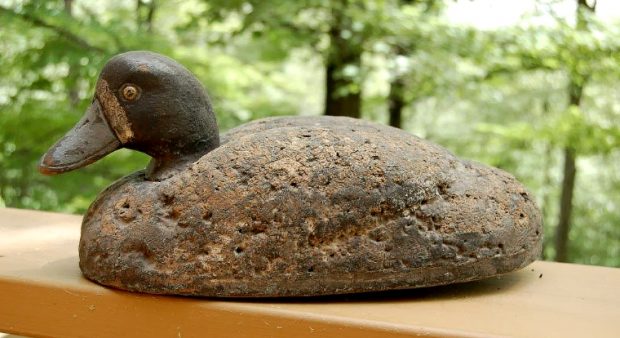
The advent of plastic decoys made duck hunting accessible to anyone with a boat, and a combination of accessibility and demographics created a peak in duck hunter numbers in the 1970s. It was a very busy time on crowded opening days, where as a kid I experienced belligerent strangers in my blind, and heard of many arguments and fist-fights, with hunters threatening one another. There were many who saw duck hunting as something novel to do on a weekend, but had no other interest in the birds or the traditions of the culture.
In the decades where birds became less abundant, the curious were gradually weeded from the ranks of the dedicated, producing a new, younger hunter to carry on the traditions. Modern day hunters still use plastic decoys, but they also use calls, equipment, and strategies to obtain their birds.
Originally published in the August 2019 issue of Ontario OUT of DOORS magazine


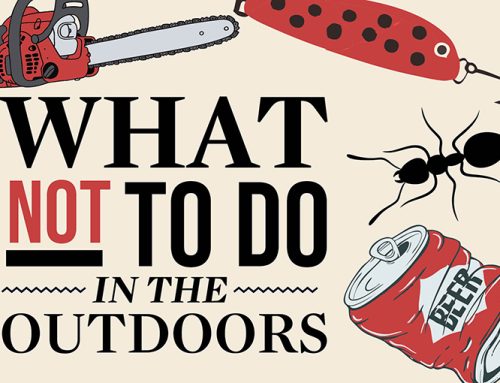
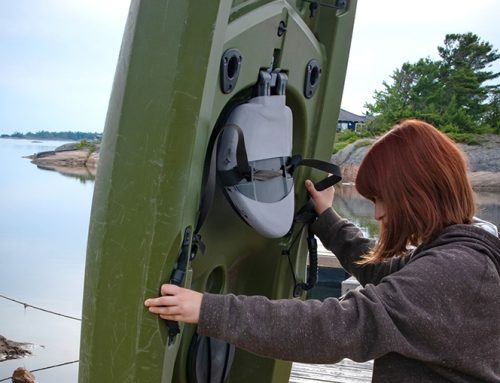

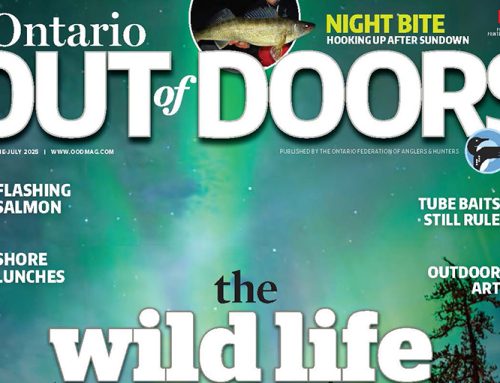
Leave A Comment